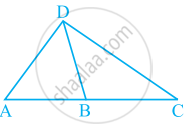Advertisements
Advertisements
प्रश्न
The following figure shows a quadrilateral in which sides AB and DC are parallel. If ∠A : ∠D = 4 : 5, ∠B = (3x – 15)° and ∠C = (4x + 20)°, find each angle of the quadrilateral ABCD.
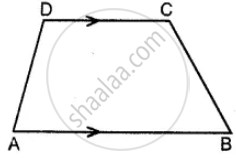
उत्तर
Let ∠A = 4x
∠D = 5x
Since ∠A + ∠D = 180° [AB||DC]
4x + 5x = 180°
⇒ 9x = 180°
⇒ x = 20°
∠A = 4 (20) = 80°,
∠D = 5 (20) = 100°
Again ∠B + ∠C = 180° [ AB||DC]
3x – 15° + 4x + 20° = 180°
7x = 180° – 5°
⇒ 7x = 175°
⇒ x = 25°
∠B = 75° – 15° = 60°
and ∠C = 4 (25) + 20 = 100°+ 20°= 120°
संबंधित प्रश्न
How many diagonals does following have?
A convex quadrilateral
What is the sum of the measures of the angels of a convex quadrilateral? Will this property hold if the quadrilateral is not convex? (Make a non-convex quadrilateral and try!)
Define the following term Quadrilateral .
In a quadrilateral, define of the following Vertices .
Complete of the following, so as to make a true statement:
A quadrilateral has .... diagonals.
Complete of the following, so as to make a true statement:
The number of pairs of adjacent angles of a quadrilateral is .......
Complete of the following, so as to make a true statement:
In a quadrilateral the point of intersection of the diagonals lies in .... of the quadrilateral.
In Fig. 16.19, ABCD is a quadrilateral.
Name a pair of opposite sides.
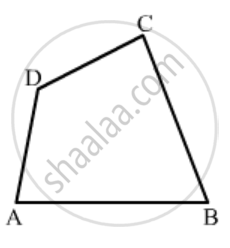
In Fig. 16.19, ABCD is a quadrilateral.
How many pairs of adjacent sides are there?
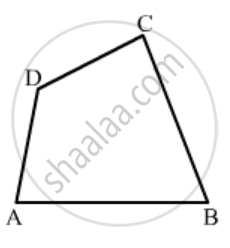
In Fig. 16.19, ABCD is a quadrilateral.
How many pairs of opposite angles are there?
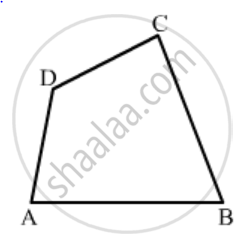
Three angles of a quadrilateral are equal. If the fourth angle is 69°; find the measure of equal angles.
Use the information given in the following figure to find the value of x.
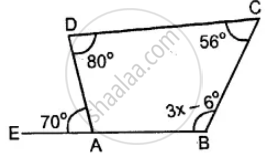
In a trapezium ABCD, side AB is parallel to side DC. If ∠A = x° and ∠D = (3x – 20)°; find the value of x.
The angles A, B, C and D of a quadrilateral are in the ratio 2 : 3 : 2 : 3. Show this quadrilateral is a parallelogram.
One diagonal of a rectangle is 18 cm. What is the length of its other diagonal?
Observe the figure below and find out their name.

Observe the figure below and find out their name.
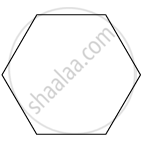
Observe the figure below and find out their name.
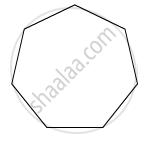
In the quadrilateral ABCD, AB = BC and AD = DC Measure of ∠BCD is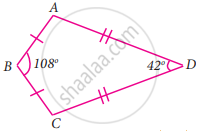
ABCD is a rhombus such that ∠ACB = 40º. Then ∠ADB is ______.
If APB and CQD are two parallel lines, then the bisectors of the angles APQ, BPQ, CQP and PQD form ______.
ABCD is a quadrilateral in which AB || DC and AD = BC. Prove that ∠A = ∠B and ∠C = ∠D.
The diagonals of the quadrilateral DEFG are ______ and ______.
The number of obtuse angles in figure is ______.
The number of common points in the two angles marked in figure is ______.
In given figure, name any two angles that appear to be obtuse angles.
Using the information given, name the right angles in part of figure:
BA ⊥BD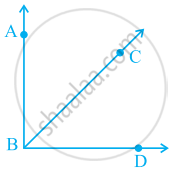
Using the information given, name the right angles in part of figure:
OP ⊥ AB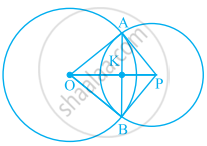
What conclusion can be drawn from part of given figure, if DB is the bisector of ∠ADC?